Facilities Management: University of New Mexico

In the fiscal year ending June 30, 2023, charitable donations to U.S. colleges and universities amounted to $58 billion. This figure represents a slight decline of 2.5% from the previous year’s record of $59.5 billion, but it remains the second-highest level of donations in history (CASE) (Inside Higher Ed). This figure includes money donated for new building projects and other capital expenses.
Some benefactors contribute to the lifecycle upkeep of buildings they help fund. These contributions often come in the form of endowed funds specifically designated for the maintenance, repair, and renovation of facilities. Such endowments are crucial as they provide a continuous source of funding to ensure that buildings remain functional and in good condition over time.
CASE Global Reporting Standards
Charitable giving to colleges and universities in the U.S. is governed by a range of standards and best practices designed to ensure transparency, accountability, and effectiveness. These standards help donors, institutions, and the public understand and manage the complexities of philanthropic contributions. Key standards include:
By adhering to these standards, colleges and universities can effectively manage charitable contributions, ensuring that donor intent is honored, funds are used appropriately, and the institution maintains trust and credibility with its supporters and the broader public.
No single charitable organization claims hegemony over all others in the realm of charitable giving to U.S. universities but there are a others in the domain.
In terms of total spend, the US elementary and secondary school industry is about twice the size of the higher education industry according to IBISWorld. About $100 billion is in play every year for both (which we cover during our Ædificare colloquia); with higher education spending only half of what elementary and secondary school systems spend on facilities.
Note that some districts are including construction for faculty housing.
Our focus remains on applying global standard to create educational settlements that are safer, simpler, lower-cost and longer-lasting — not on the hurly-burly of local school bond elections. We recommend consulting the coverage in American School & University for more detailed and more timely information.
Professor Karl Siebert, who teaches FDSC 4300, The Science and Technology of Beer, demonstrates how to properly pour a beer and discusses the sensory experience of beer appreciation. In a recent study, Siebert identified the key component in a ‘perfect’ head of beer: a barley protein known as Lipid Transport Protein 1 or LPT1.
Food Science Professor Karl Siebert teaches "FDSC 4300: The Science and Technology of Beer"@Cornell @CornellCALShttps://t.co/u9mHiibrg2 pic.twitter.com/ESZlcK2klk
— Standards Michigan (@StandardsMich) April 28, 2023
does your campus have a beer garden? pic.twitter.com/H19GxQd0Eu
— Alexander Ahammer (@AhammerAlex) May 5, 2023
How Do You Measure the Percentage of Alcohol in Beer, Wine and Other Beverages?https://t.co/WitMHCUKGdhttps://t.co/VS3p32cdGd@NIST pic.twitter.com/FPKBBSari9
— Standards Michigan (@StandardsMich) November 28, 2022
Today at the usual hour we introduce the project which will require harvesting power reliability statistics from any and all educational settlements willing to share their data. As the links before demonstrate, we have worked in this domain for many years. Join us with the login credentials at the upper right of our home page.
Types of Probability Distribution & Representative Calculation
SDC3006_Power_System_Reliability_WG_Minutes_2024-05-20
WG Meeting Agenda August 2024_final
This paper introduced the concept of reliability theory and established a mathematical framework for analyzing system reliability in terms of lumped parameters. It defined important concepts such as coherent systems, minimal cut sets, and minimal path sets, which are still widely used in reliability engineering.
IEEE Recommended Practice for the Design of Reliable Industrial and Commercial Power Systems
We are tooling up to update the failure rate tables of IEEE 493 Design of Reliable Industrial and Commercial Power Systems; collaborating with project leaders but contributing to an essential part of the data design engineers use for scaling their power system designs. The project is in its early stages. We are formulating approaches about how to gather data for assemble a statistically significant data set.
Today at the usual hour we introduce the project which will require harvesting power reliability statistics from any and all educational settlements willing to share their data. As the links before demonstrate, we have worked in this domain for many years.
Join us with the login credentials at the upper right of our home page.
“On the Mathematical Theory of Risk and Some Problems in Distribution-Free Statistics” by Frank Proschan (1963): This paper introduced the concept of increasing failure rate (IFR) and decreasing failure rate (DFR) distributions, which are crucial in reliability modeling and analysis.
“Reliability Models for Multiple Failures in Redundant Systems” by John F. Meyer (1965): This paper addressed the problem of reliability analysis for redundant systems, which are systems with multiple components designed to provide backup in case of failure.
“Reliability of Systems in Series and in Parallel” by A. T. Bharucha-Reid (1960): This work analyzed the reliability of systems composed of components arranged in series and parallel configurations, which are fundamental building blocks of more complex systems.
“A Stochastic Model for the Reliability of Modular Software Systems” by John E. Gaffney, Jr. and Thomas A. Dueck (1980): This paper introduced one of the earliest models for software reliability, extending the concepts of reliability theory to the field of software engineering.
“Redundancy Techniques for Computing Systems” by John von Neumann (1956): This report by the pioneering computer scientist John von Neumann explored the use of redundancy techniques, such as triple modular redundancy, to improve the reliability of computing systems.
Open for Comment: Types of Reliability Probability Distributions
Statement on FERC July 25, 2025 Open Meeting
Standards, Compliance, and Enforcement Bulletin June 26–July 4, 2023
Commissioner-Led Reliability Technical Conference | October 16, 10AM
General public consultation on FERC recommendations for Extreme Cold Weather Grid Operations, Preparedness, and Coordination closes July 14.
Thermal load on large campus power systems interact with electrical energy systems. We track ASHRAE 245P described below:
The original University of Michigan codes and standards enterprise advocated actively in Article 708 Critical Operations Power Systems (COPS) of the National Electrical Code (NEC) because of the elevated likelihood that the education facility industry managed assets that were likely candidates for designation critical operations areas by emergency management authorities.
Because the NEC is incorporated by reference into most state and local electrical safety laws, it saw the possibility that some colleges and universities — particularly large research universities with independent power plants, telecommunications systems and large hospitals — would be on the receiving end of an unfunded mandate. Many education facilities are identified by the Federal Emergency Management Association as community storm shelters, for example.
As managers of publicly owned assets, University of Michigan Plant Operations had no objection to rising to the challenge of using publicly owned education facilities for emergency preparedness and disaster recovery operations; only that meeting the power system reliability requirements to the emergency management command centers would likely cost more than anyone imagined — especially at the University Hospital and the Public Safety Department facilities. Budgets would have to be prepared to make critical operations power systems (COPS) resistant to fire and flood damages; for example.
Collaboration with the Institute of Electrical and Electronic Engineers Industrial Applications Society began shortly after the release of the 2007 NEC. Engineering studies were undertaken, papers were published (see links below) and the inspiration for the IEEE Education & Healthcare Facilities Committee developed to provide a gathering place for power, telecommunication and energy professionals to discover and promulgate leading practice. That committee is now formally a part of IEEE and collaborates with IAS/PES JTCC assigned the task of harmonizing NFPA and IEEE electrical safety and sustainability consensus documents (codes, standards, guidelines and recommended practices.
Transcripts of 2026 Revision:
https://t.co/chd9RJVc7G
print(“Disaster”) pic.twitter.com/Lu6Dw3bARq— Standards Michigan (@StandardsMich) November 15, 2021
The transcript of NEC Code Making Panel 13 — the committee that revises COPS Article 708 every three years — is linked below:
NEC CMP-13 First Draft Balloting
NEC CMP-13 Second Draft Balloting
The 2023 Edition of the National Electrical Code does not contain revisions that affect #TotalCostofOwnership — only refinement of wiring installation practices when COPS are built integral to an existing building that will likely raise cost. There are several dissenting comments to this effect and they all dissent because of cost. Familiar battles over overcurrent coordination persist.
Our papers and proposals regarding Article 708 track a concern for power system reliability — and the lack of power — as an inherent safety hazard. These proposals are routinely rejected by incumbent stakeholders on NEC technical panels who do not agree that lack of power is a safety hazard. Even if lack of power is not a safety hazard, reliability requirements do not belong in an electrical wiring installation code developed largely by electricians and fire safety inspectors. The IEEE Education & Healthcare Facilities Committee (IEEE E&H) maintains a database on campus power outages; similar to the database used by the IEEE 1366 committees that develop reliability indices to enlighten public utility reliability regulations.
Public input on the 2026 revision to the NEC will be received until September 7th. We have reserved a workspace for our priorities in the link below:
Colleagues: Robert Arno, Neal Dowling, Jim Harvey
LEARN MORE:
Consuting-Specifying Engineer | Risk Assessments for Critical Operations Power Systems
Electrical Construction & Maintenance | Critical Operations Power Systems
Facilities Manager | Critical Operations Power Systems: The Generator in Your Backyard
Standards Minnesota | St. Olaf College Net Position $1.185B | Facilities
The Lion’s Pause, often simply called “The Pause,” is a fond, student-run café and social space located in Buntrock Commons at St. Olaf College in Northfield, Minnesota. Its origins date back to the 1960s when students recognized the need for a dedicated recreational and social hub on campus. The name “Lion’s Pause” reflects the college’s mascot, the lion, symbolizing school pride and community spirit.
Over the decades, The Pause has grown into a multifunctional venue, serving as a café, dining spot, and event space. It offers a range of casual foods like its iconic pizza, snacks, and beverages, all prepared and served by student workers. Beyond dining, The Pause plays a vital role in campus life by hosting concerts, dances, movie nights, open mic events, and other activities, fostering a vibrant and inclusive atmosphere for the St. Olaf community.
Richard Wolff: How Socialists Win in Farm Areas
Most Common Ethnicity of White Americans by County pic.twitter.com/P5OAo9XzhY
— The World R🅰️nking (@worldranking_) April 10, 2025
Lorem ipsum:
Sinclair Lewis, Hubert Humphrey, Walter Mondale, Jesse Ventura, Al Franken, Tim Walz, Ilhan Omar
“The best men are molded out of faults”
— William Shakespeare
The American National Standards Institute is the Global Secretariat for ISO Technical Committee 260 (ISO/TC 260); organized to develop policy templates for standardization solutions that improve management of the workforce in any nation; in any sector or industry. These human resource management standards offer broad, evidence-based guidance to individuals with people management responsibilities, whether formally or informally assigned, in organizations for the benefit of both internal and external stakeholders.
Gleaned from inputs from human resource experts globally, these products are designed to provide guidance on key HR functions in support of its workforce and its management, and sustainable organizational performance. TC/260 is focused on the following tasks:
• Ensuring wide market relevance of its HRM standards.
• Facilitating international business.
• Providing guidance on professional standards of practice.
• Facilitating measurement, comparability and consistency of HR practice with the aim of transparent benchmarking.
• Improving internal processes.
• Enabling organizations to better achieve optimal organizational outcomes with improved management of human capital
The business plan is linked below:
STRATEGIC BUSINESS PLAN ISO/TC 260: Human Resource Management 2018/19 (3rd edition)
The original University of Michigan user-interest advocacy enterprise was participating member in this project* but that engagement was interrupted suddenly in October 2016 (See ABOUT). We have since picked up where we left off with the same people collaborating with Standards Michigan. ANSI remains the global Secretariat.
We maintain this project on the standing agenda of both our Global and our Human Resource colloquia. See our CALENDAR for the next online meeting; open to everyone.
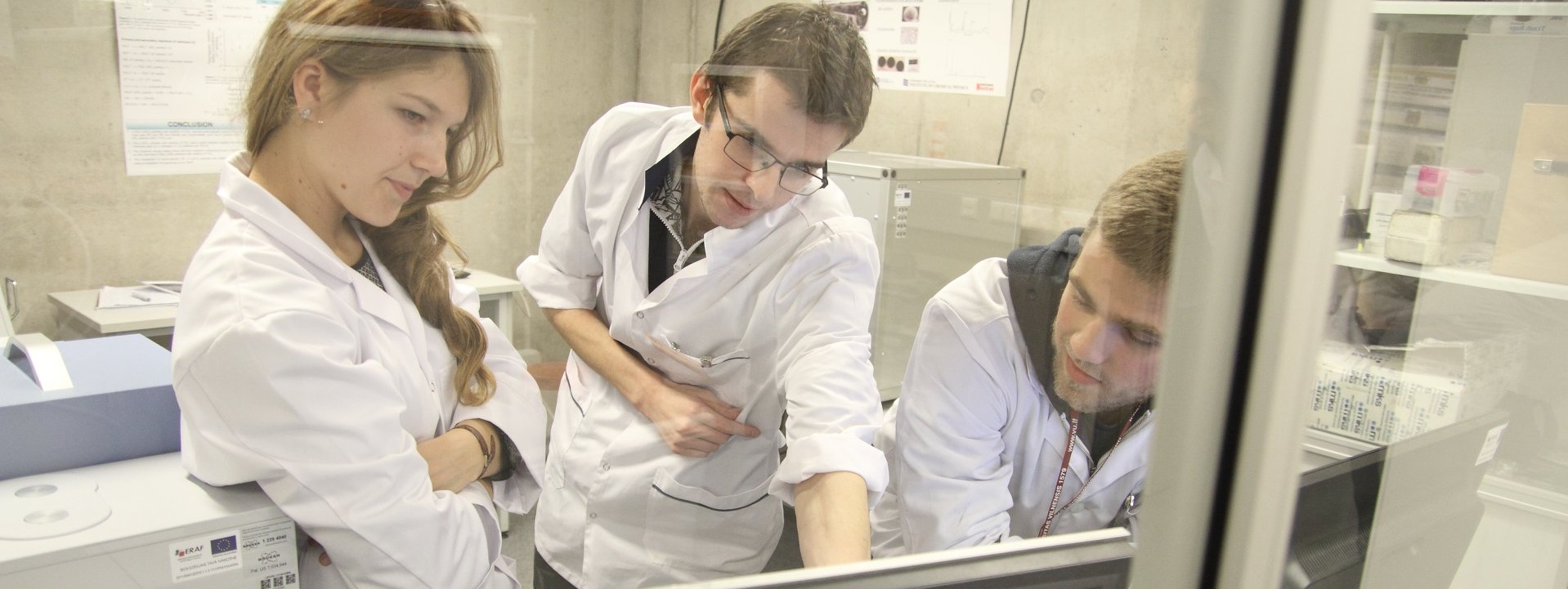
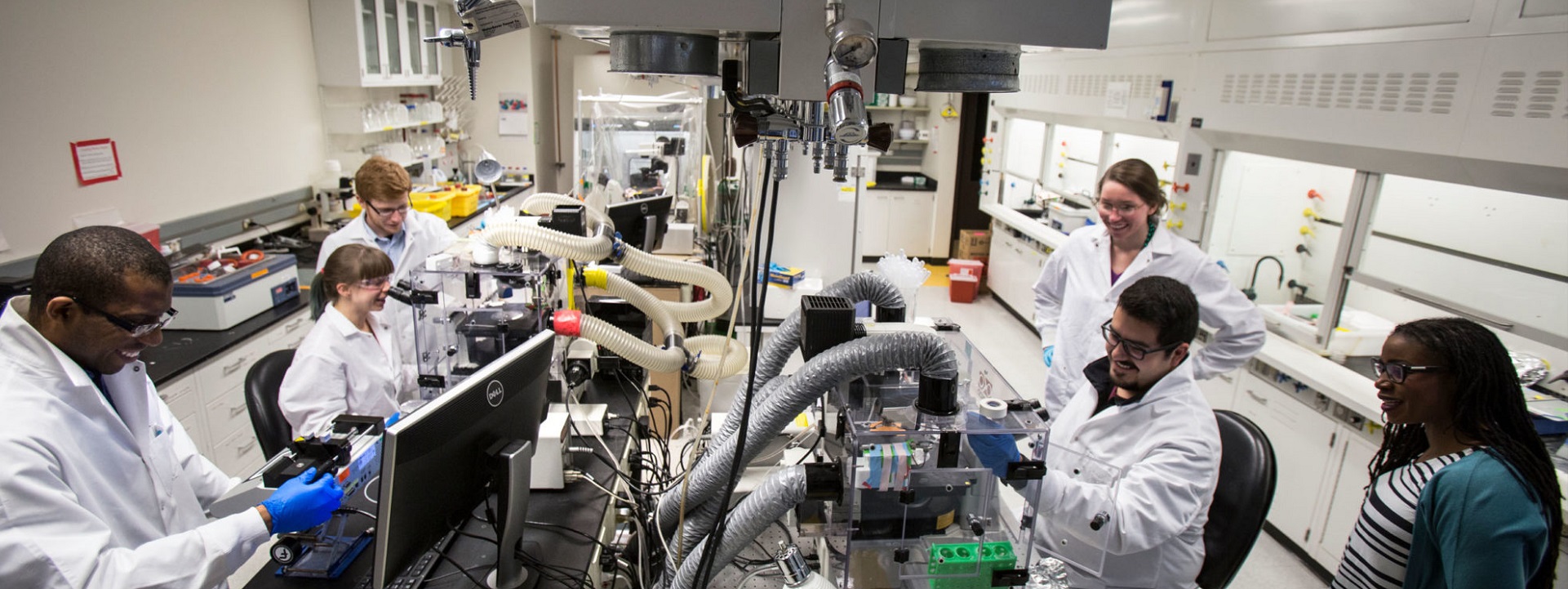

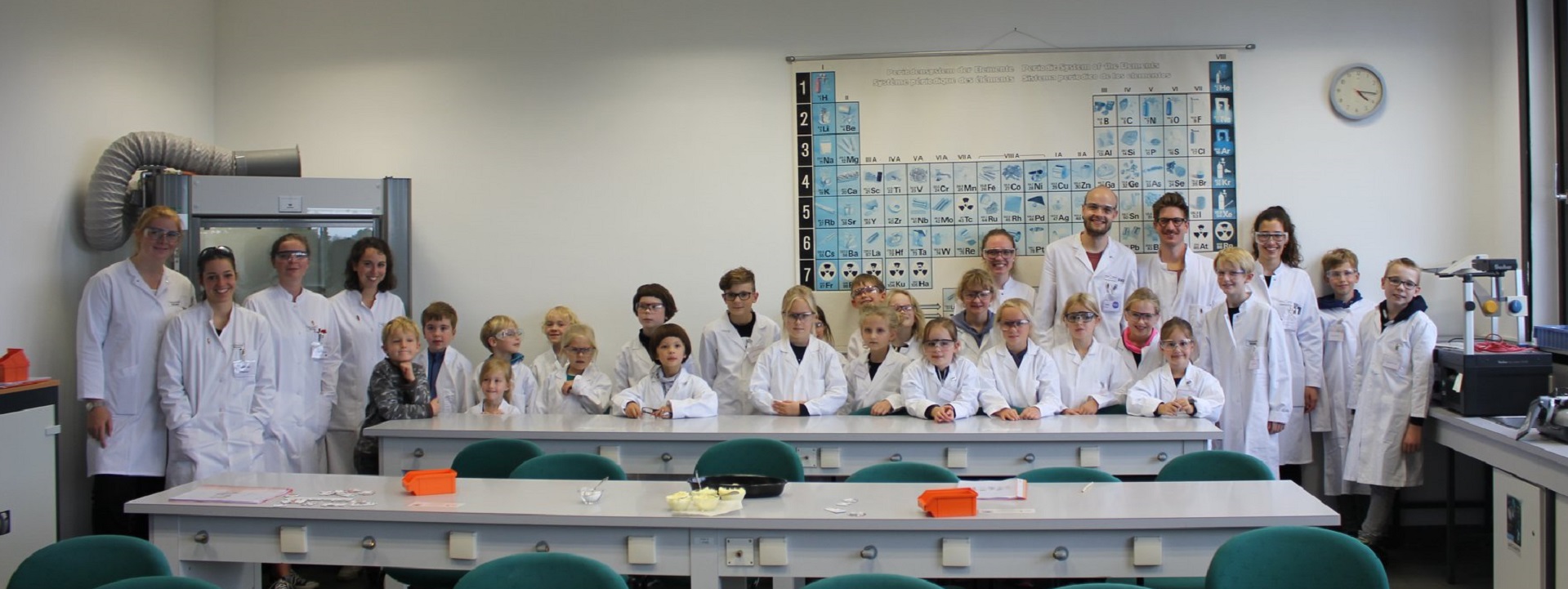
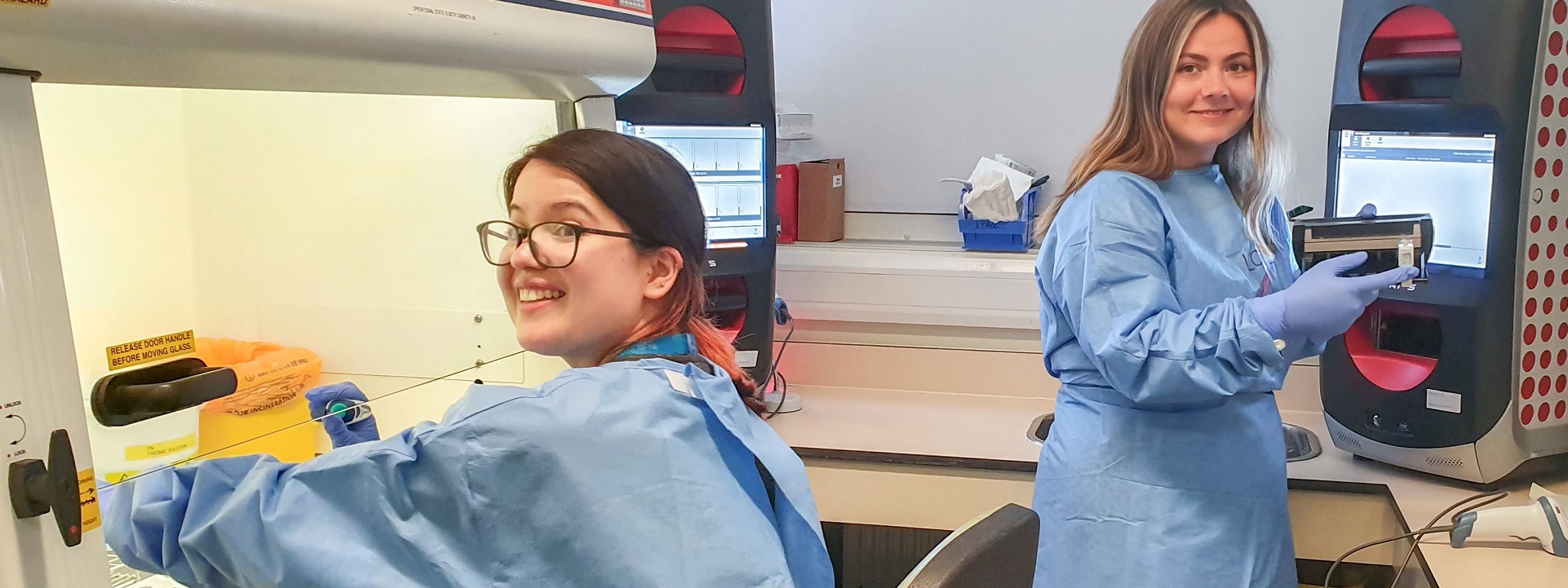


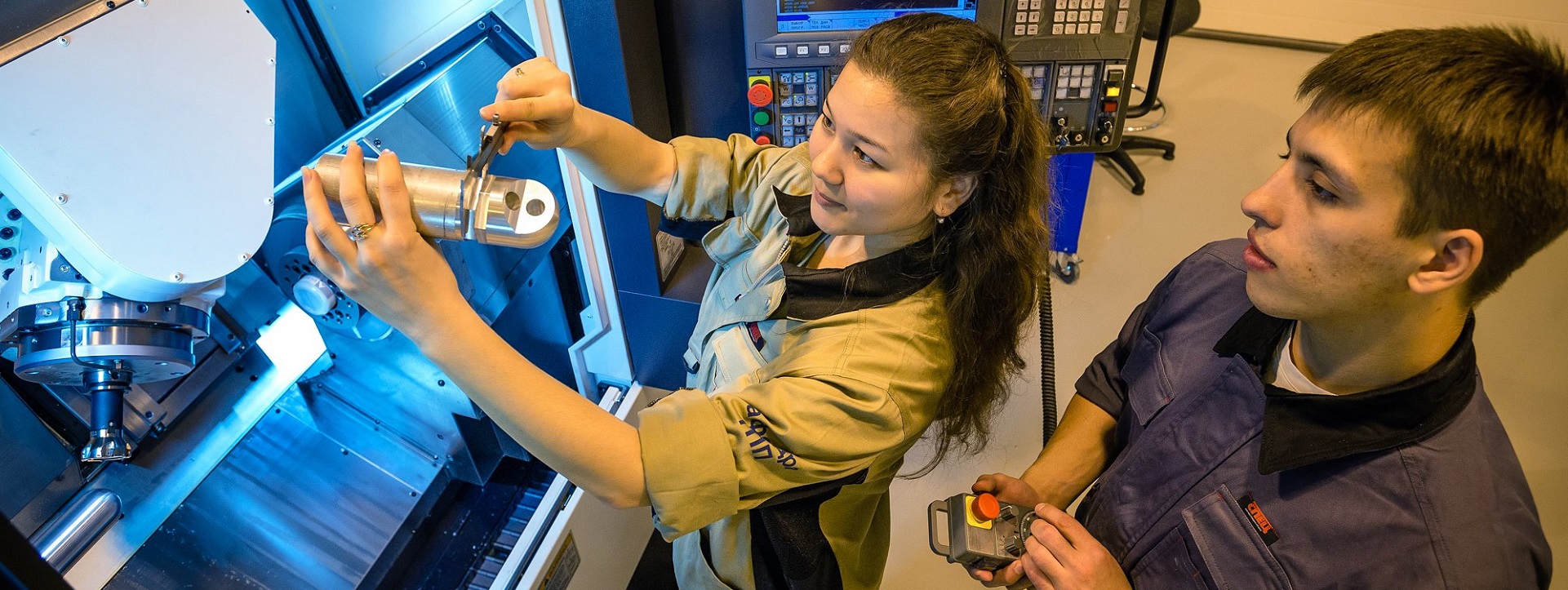

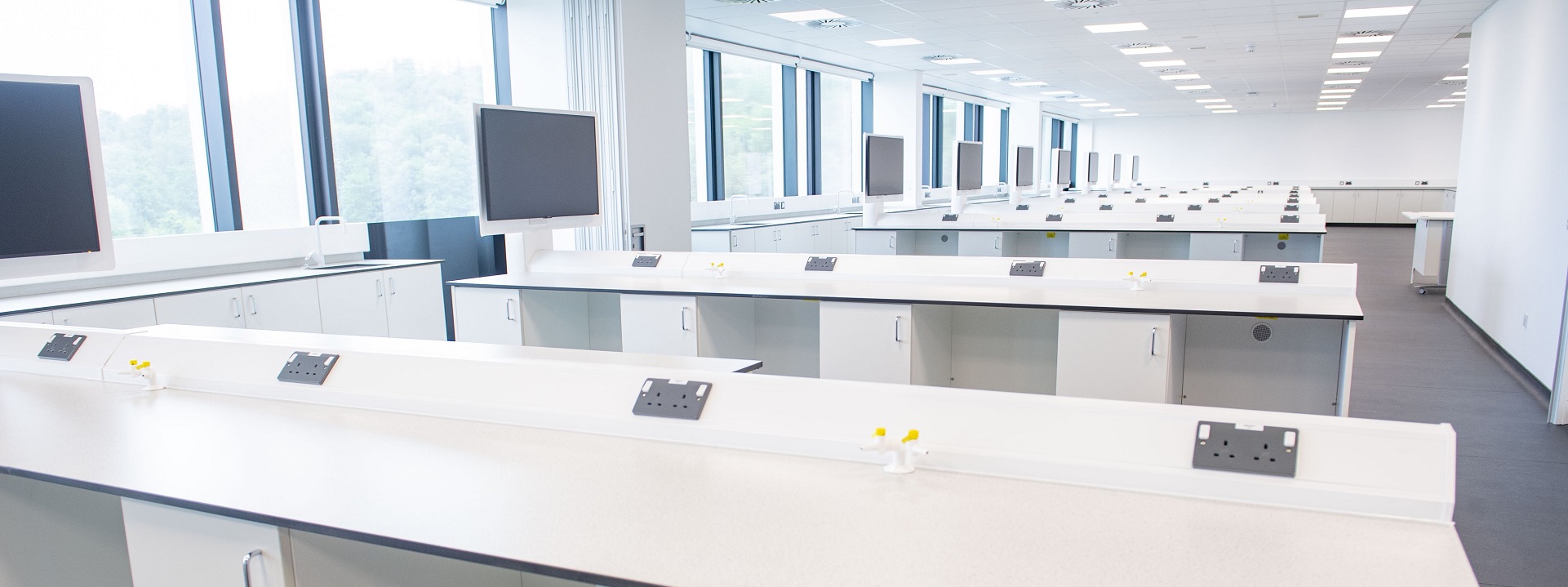
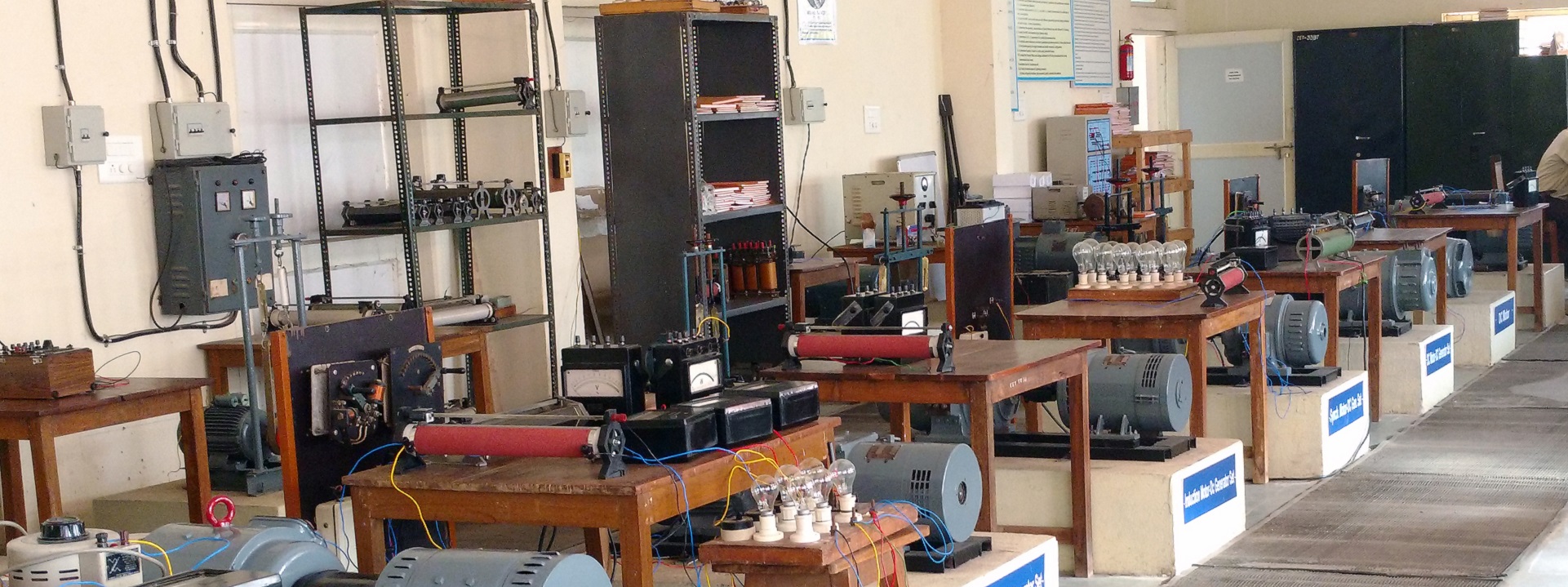

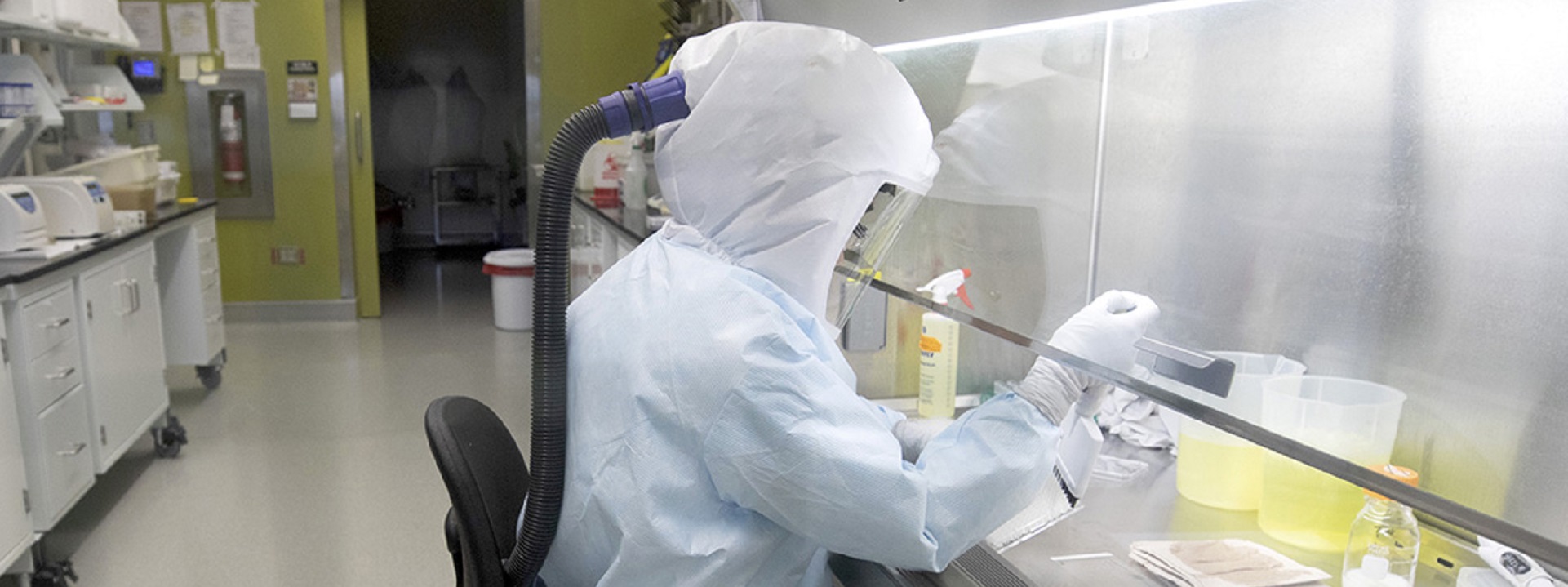

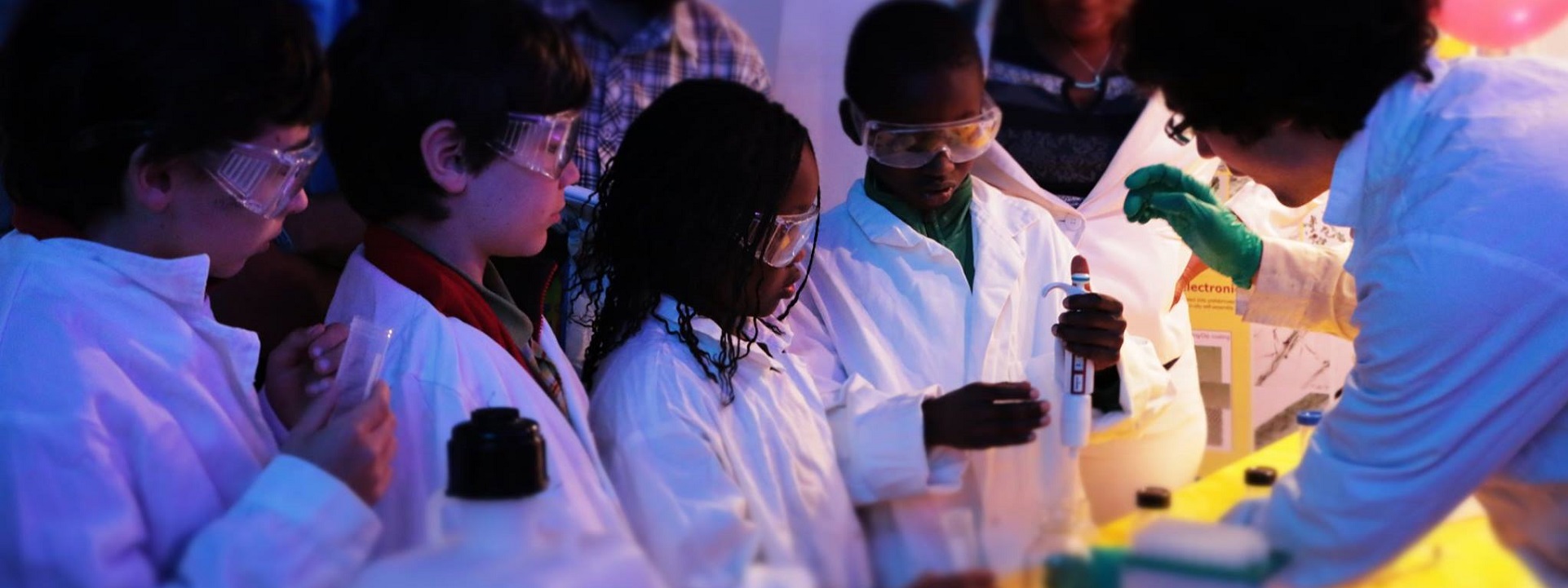
“I am sorry that my job is getting in the way of your learning. I hope that the time you gain can be productively used in employment so that you can pay for your college education”
Class Is Canceled Until Further Notice While I Do My Job – McSweeney’s https://t.co/TDhIsAkXau
— Bryan Dewsbury (@BMDewsbury) March 28, 2024
Issues: [14-99] and [15-52]
Category: Administration & Management
Colleagues: Mike Anthony, Christine Fischer, Lee S. Webster, Richard Robben
ANSI Contacts: Michelle Deane (mdeane@ansi.org)
US TAG Contacts: Lorelei Carobolante, Jim Lewis
*We left off just as the ISO/TS 30411:2018, Human resource management-Quality of hire metric (QoH) standard was rolling out. The QoH was, and still is a performance metric for talent acquisition teams, critical for determining the effectiveness of the recruitment process and has a consequential impact on an organization’s performance. The QoH structure is intended to be scalable to the needs of any organization regardless of size, industry or sector and is relevant to people with an interest in workforce planning, organizational design and development, talent management succession planning, recruitment, and human capital reporting. Read more about ISO/TS 30411:2018 on ISO’s news site, and access it on the ANSI Web Store.
More
The Protestant ethic and the spirit of capitalism, Max Weber
Materiality of Human Capital Metrics | Lee S. Webster
ISO Focus January 2015 Anthony-Robben – Education Enterprise pp 33-37
ISO Guidelines Help Measure Employees’ Impact on Company Performance
New update alert! The 2022 update to the Trademark Assignment Dataset is now available online. Find 1.29 million trademark assignments, involving 2.28 million unique trademark properties issued by the USPTO between March 1952 and January 2023: https://t.co/njrDAbSpwB pic.twitter.com/GkAXrHoQ9T
— USPTO (@uspto) July 13, 2023
Standards Michigan Group, LLC
2723 South State Street | Suite 150
Ann Arbor, MI 48104 USA
888-746-3670
